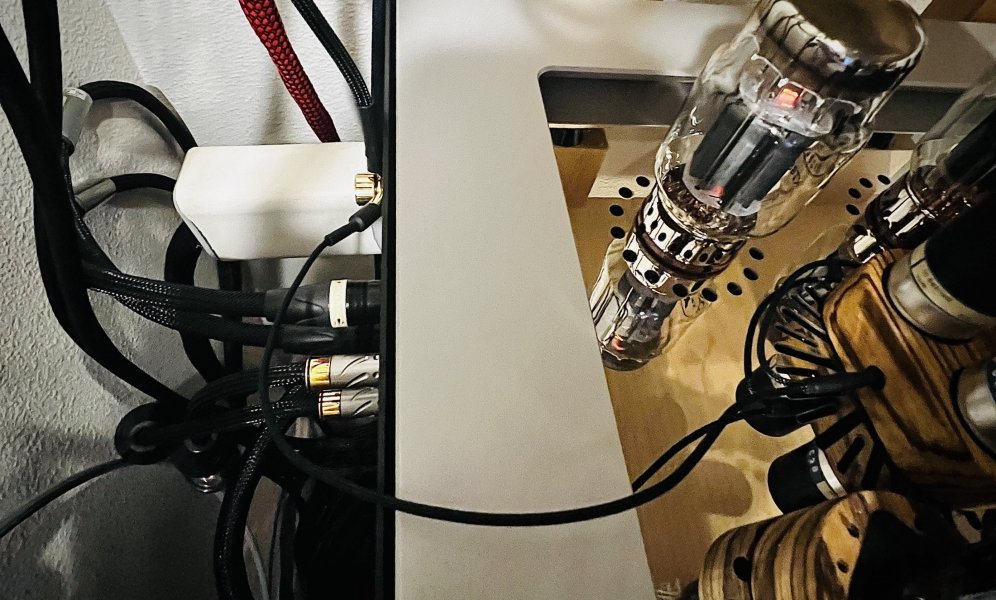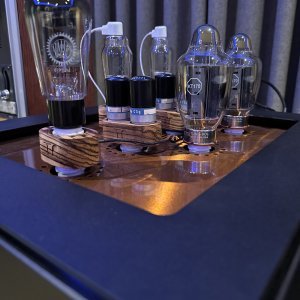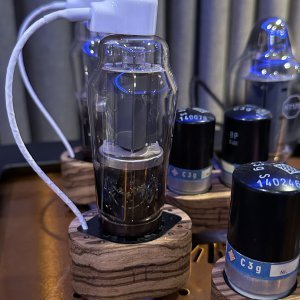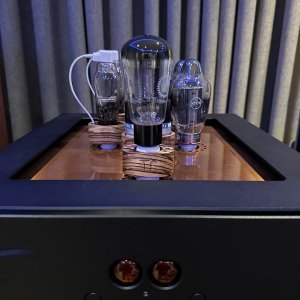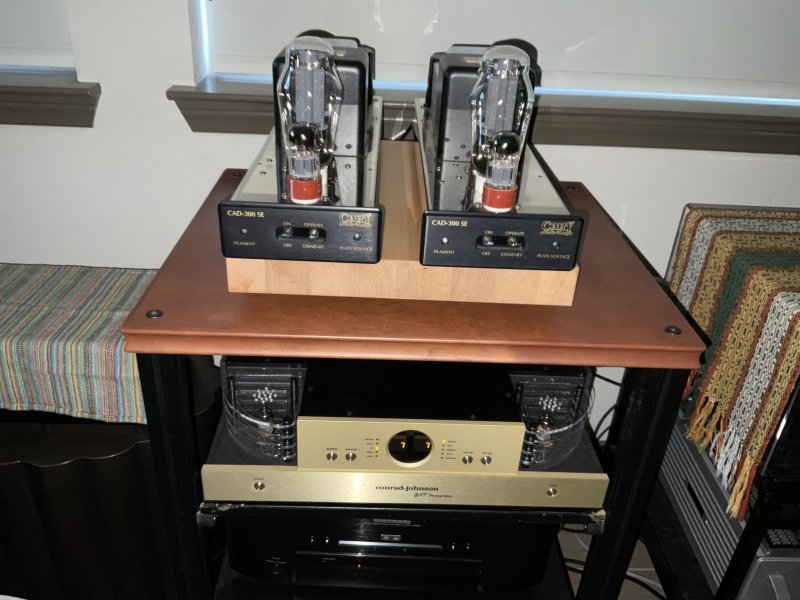For me I've found a majority of the time SE sounds better than balanced XLR.
When it comes to the technical stuff I'm starting to get out of my knowledge. That said this is my understanding.
For short runs and if noise isn't an issue SE is a more pure signal.
The design of balanced is that it takes the two wave forms compares them and rejects what isn't the same. No component is perfect, so minor differences in the sending and receiving, positive and negative will cause parts of the music signal to be rejected.
When it comes to the technical stuff I'm starting to get out of my knowledge. That said this is my understanding.
For short runs and if noise isn't an issue SE is a more pure signal.
The design of balanced is that it takes the two wave forms compares them and rejects what isn't the same. No component is perfect, so minor differences in the sending and receiving, positive and negative will cause parts of the music signal to be rejected.










